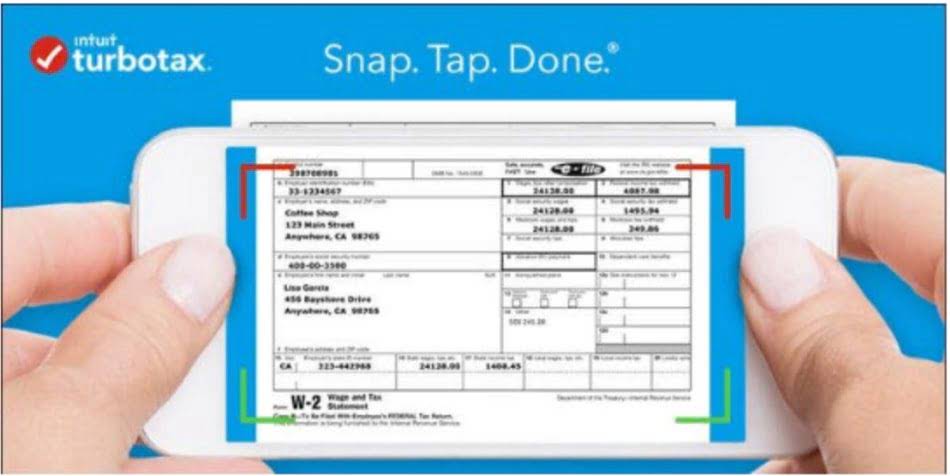
You need to pay these liabilities within a short period of time, typically in the same financial year. This can give a picture of a company’s financial solvency and management of its current liabilities. A number higher than one is ideal for both the current and quick ratios, since it demonstrates that there are more current assets to pay current short-term debts. However, if the number is too high, it could mean the company is not leveraging its assets as well as it otherwise could be.
How Current Liabilities Work
- They are short-term liabilities usually arisen out of business activities.
- Knowing what a liability is and how it functions in the accounting process is necessary to properly manage the financials of any business.
- Keep in mind your probable contingent liabilities are a best estimate and make note that the actual number may vary.
- But the amount you need to pay back to suppliers is a short-term liability.
- Suppliers will go so far as to offer companies discounts for paying on time or early.
- Information about the size of future cash flows to existing creditors helps investors and potential creditors assess the likelihood of their receiving future cash flows.
Some companies may group certain liabilities under “other current/non-current liabilities” because the liabilities may not be common enough to warrant an entire line item. For instance, if a company rarely uses short-term loans, it may group those with other current liabilities under an “other” category. Using Apple’s balance sheet from 2023, we can see how current and non-current liabilities commonly appear on financial statements. These are recorded on a company’s income statement rather than the balance sheet, and are used to calculate net income rather than the value of assets or equity.

Types of liability & examples

On a balance sheet, liabilities are listed according to the time when the obligation is due. Liabilities can help companies organize successful business operations and accelerate value what are some liabilities creation. However, poor management of liabilities may result in significant negative consequences, such as a decline in financial performance or, in a worst-case scenario, bankruptcy.

Real-Life Examples of Asset vs. Liabilities
While liabilities seem daunting, your business can’t operate and grow with zero liabilities. You may need to take a loan to buy necessary equipment or get inventory on credit. Now that we’ve got the basic definitions out of our way, let’s look at a few real-life examples of assets and liabilities. Liability can also have short-term and long-term components—for example, long-term loans.
Understanding Current Liabilities
Here are a few quick summaries to answer some of the frequently asked questions about liabilities in accounting. Assets are listed on the left side or top half of a balance sheet. We’re firm believers in the Golden Rule, which is why editorial opinions are ours alone and have not been previously reviewed, approved, or endorsed by included advertisers. The Ascent, a Motley Fool service, does not cover all offers on the market.
But you still need to negotiate the price, arrange for pickup, and get your money. In other words, converting them into cash is not as easy as selling bonds or stocks. Assets come in every size and shape, from cash to an espresso machine.

Knowing what a liability is and how it functions in the accounting process is necessary to properly manage the financials of any business. Liabilities impact negatively on the financial net worth of a business or company, while assets impact positively and increase the financial net worth of a business or company. Categories of contingent liabilities according to GAAP (Generally Accepted Accounting Principles) include probable, possible, and remote. A person or business can also be held liable from a legal standpoint; therefore, liability insurance is frequently purchased as a form of financial protection. The terms borrowed, owed, or obligated are good indications that a liability relationship exists among individuals, companies, or governments.
- Current liabilities are obligations due within 12 months or within an operating cycle.
- After almost a decade of experience in public accounting, he created MyAccountingCourse.com to help people learn accounting & finance, pass the CPA exam, and start their career.
- 11 Financial is a registered investment adviser located in Lufkin, Texas.
- This obligation to pay is referred to as payments on account or accounts payable.
- By keeping close track of your liabilities in your accounting records and staying on top of your debt ratios, you can make sure that those liabilities don’t hamper your ability to grow your business.
- A business’s liabilities can be examined in a variety of ways to determine its overall health and long-term viability.
A normal operating cycle is the time frame needed to convert money to raw materials, finished products, sales, accounts receivable, and money back again. This decision is very crucial as they might still be owing current debts to be paid shortly. For example, A company might go for long-term loans if https://www.bookstime.com/ the market is in its favor. If all hands are on deck, they will make enough profits, which will outweigh their debts and keep them far ahead. Liabilities are great and give businesses economic benefits and opportunities to thrive. A company might go bankrupt if they have more liabilities than assets.
Furthermore, liability insurance premiums regularly appear on a business’s financial statements. Accounts payable is the firm’s largest current liability, which is often the case among most businesses. Accounts payable are essentially several bills awaiting payment that have not yet been settled. Monthly invoices help expedite deliveries and simplify the payment process.
For example, a company will incur and report a liability that arises when cash is borrowed from an owner. Your investors and lenders may use this same equation while doing a business valuation—the process of evaluating a business’s total economic value. So, you contact your suppliers, and they agree to give you supplies on credit, which you must pay back within two months. For example, you’ll be able to find a buyer for your furniture or espresso machine quickly.
